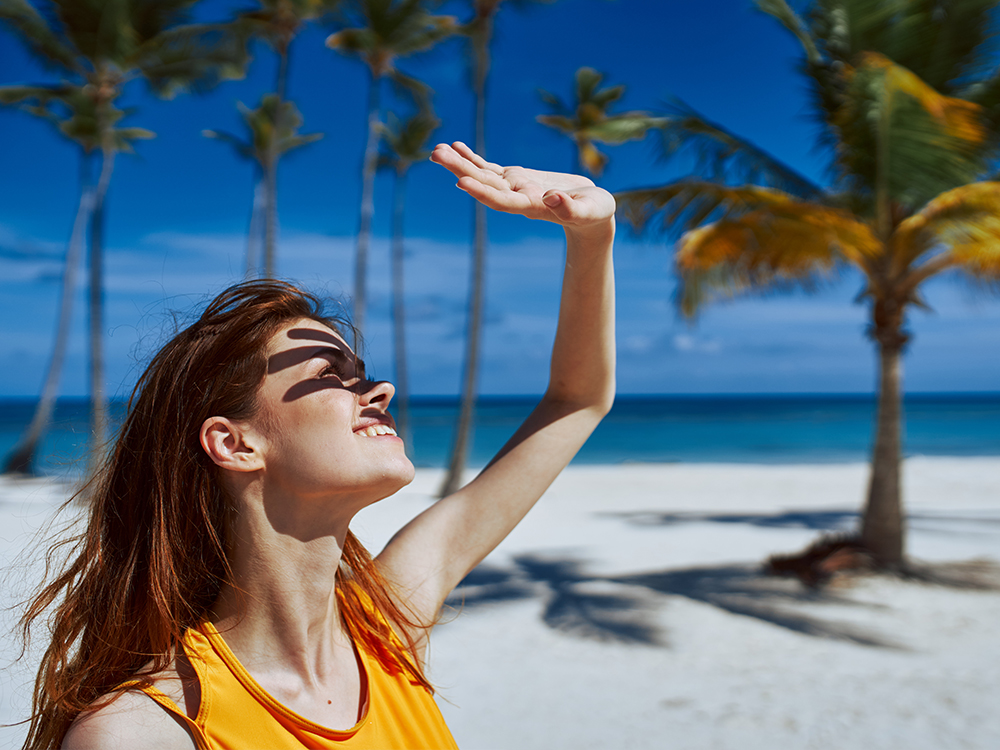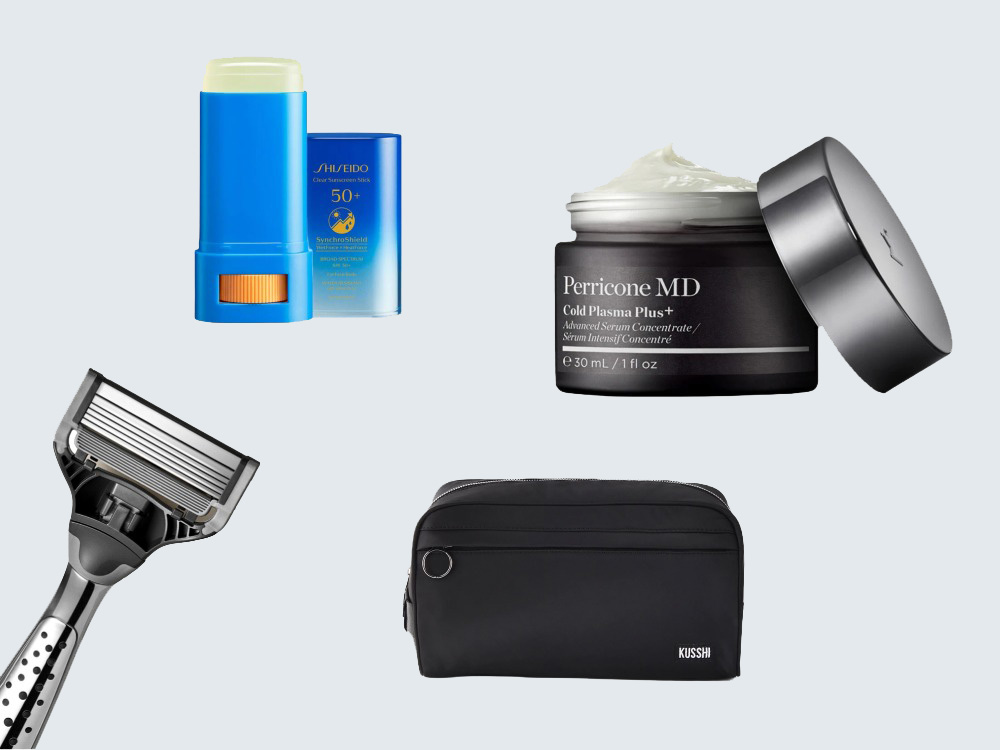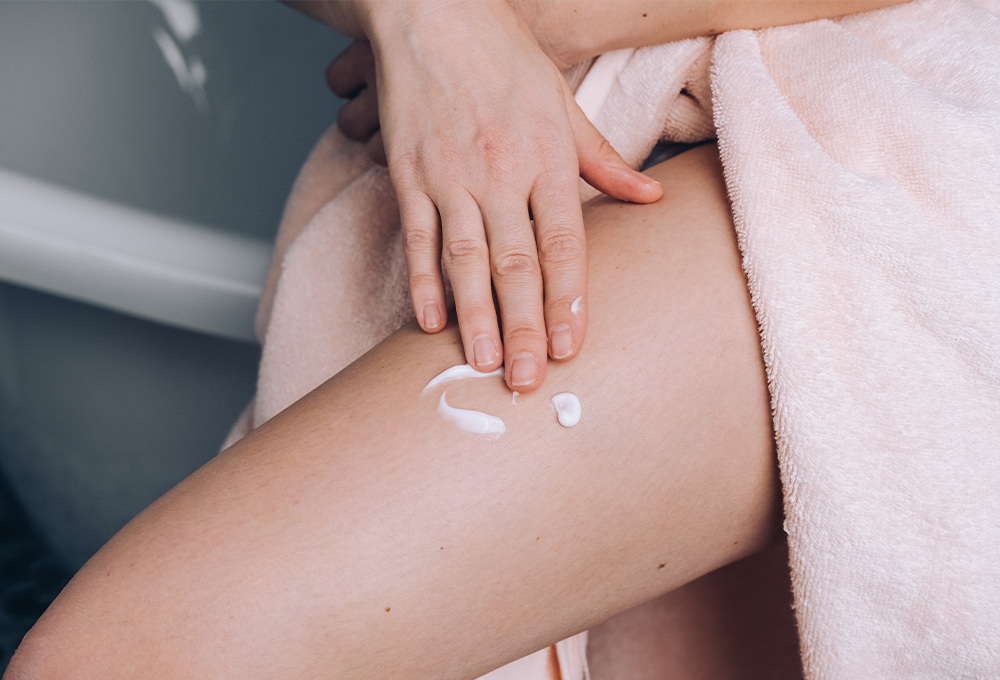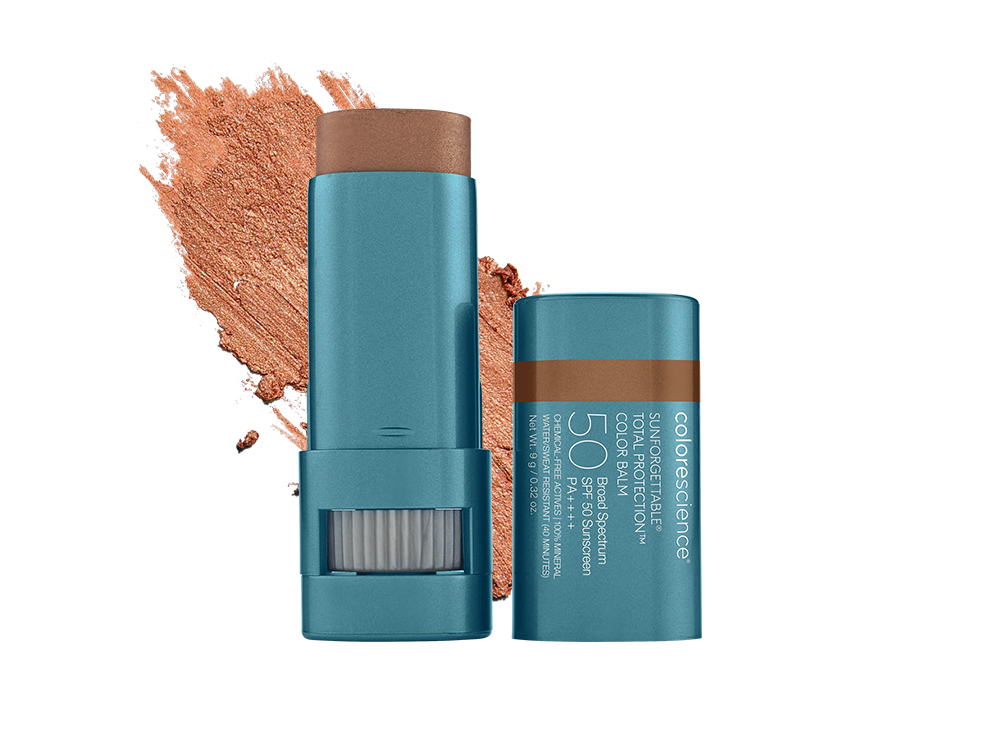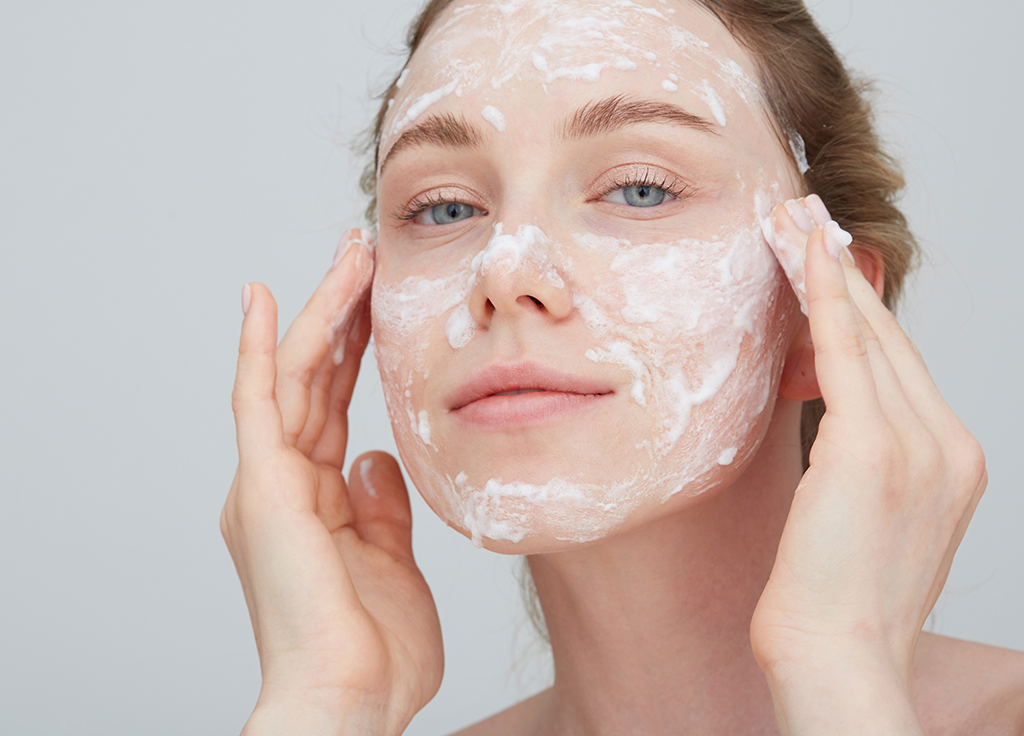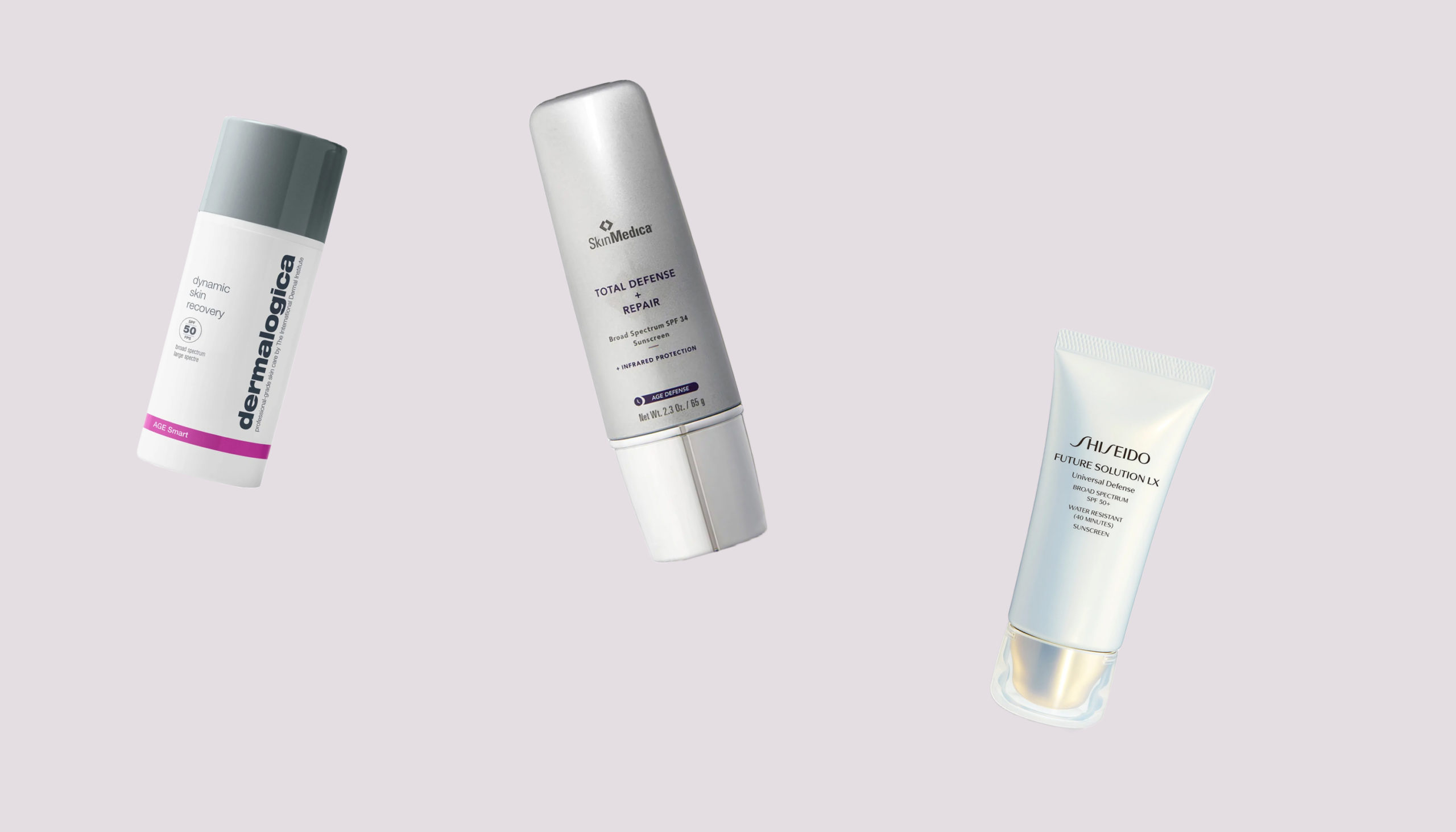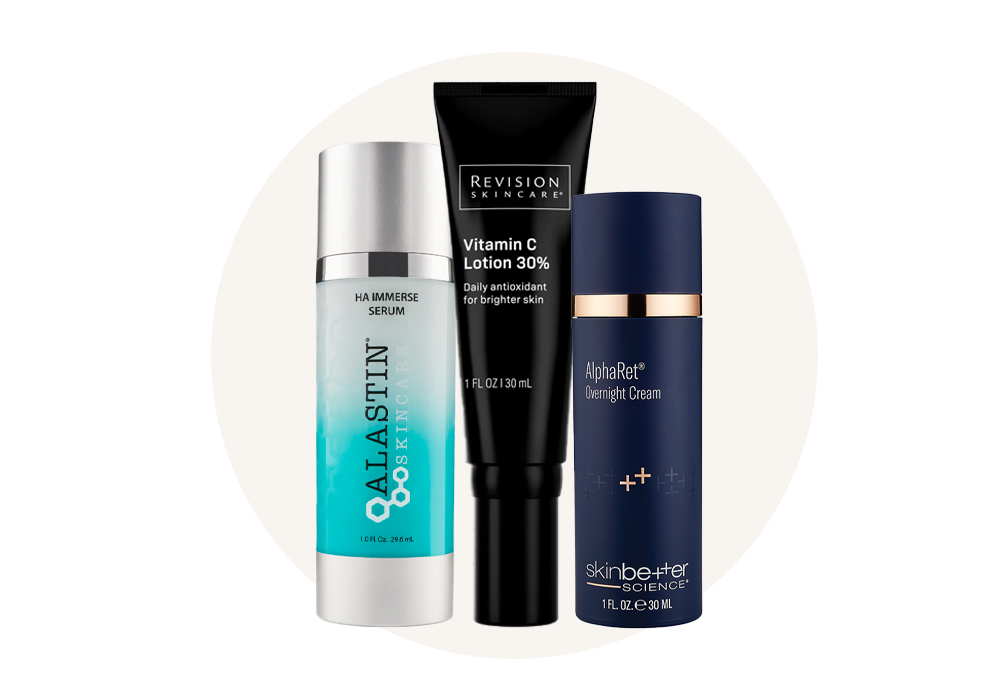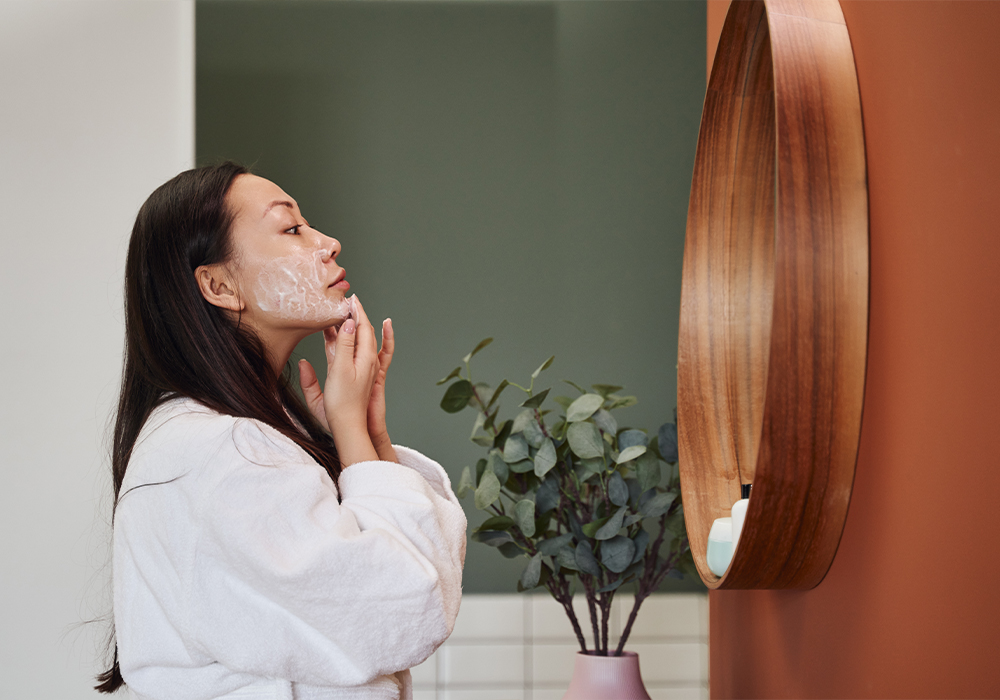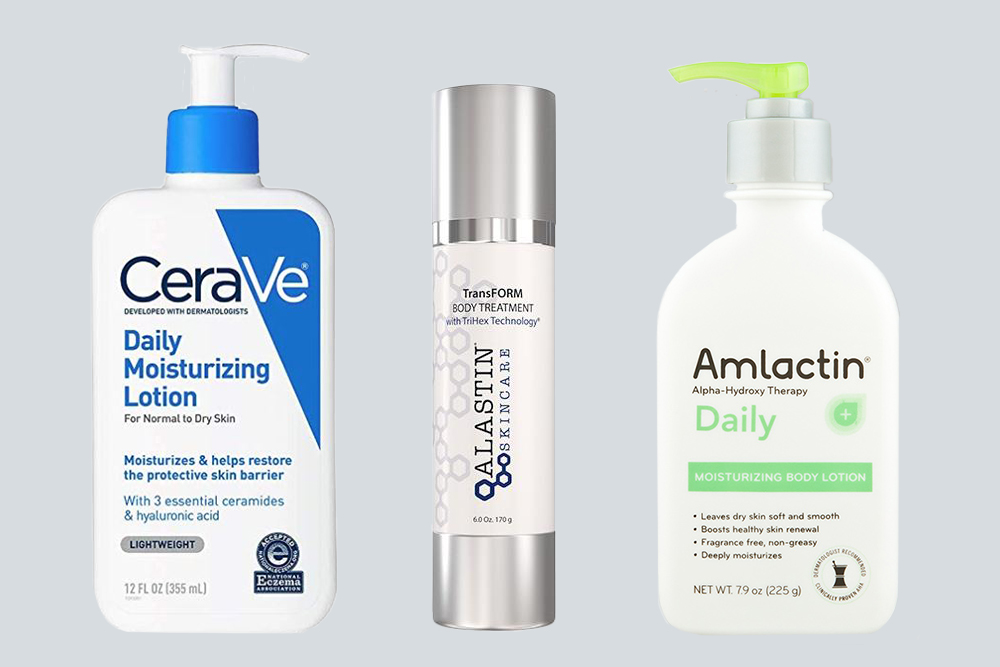Sunscreen is essential, so if you’re not using it, that’s the ultimate mistake. However, even if you’re using it diligently, you could still have slip-ups that result in limited coverage, ultimately putting you at risk for sunburn, premature skin aging and, more seriously, skin cancer. We heard from experts about the most common sunscreen mistakes they see people making so you can learn from them. We’ve listed the biggest mistakes below, and if you’re guilty of a few, now is the time to change your ways.
Missing smaller areas
While you likely remember to slather sunscreen on your arms, legs, stomach and face, many people forget to protect smaller areas. However, experts say these easily missed spots are just as important to shield from the sun’s dangers. Fort Lauderdale, FL dermatologist Dr. Matthew Elias says people often forget their ears and feet. Santa Monica, CA dermatologist Ava Shamban, MD says the back of the neck and décolletage are also often missed. “We see a lot of skin cancer on non-facial areas like the ears, chest, arms, legs and back, so sun protection is important to protect all exposed areas of the skin,” says Monroe, LA dermatologist Janine Hopkins, MD.
Saddle Brook, NJ dermatologist Dr. Frederic Haberman says during his many years of performing surgery, he’s treated “cases that extended from above the lips and into the nostrils and approach the open of the ear canal,” so it’s important to apply sunscreen to even the most remote areas. Make sure you cover “every surface of your ears including the rims (helix), back of ears and neck, the opening of the ear canals and opening of the nostrils.”
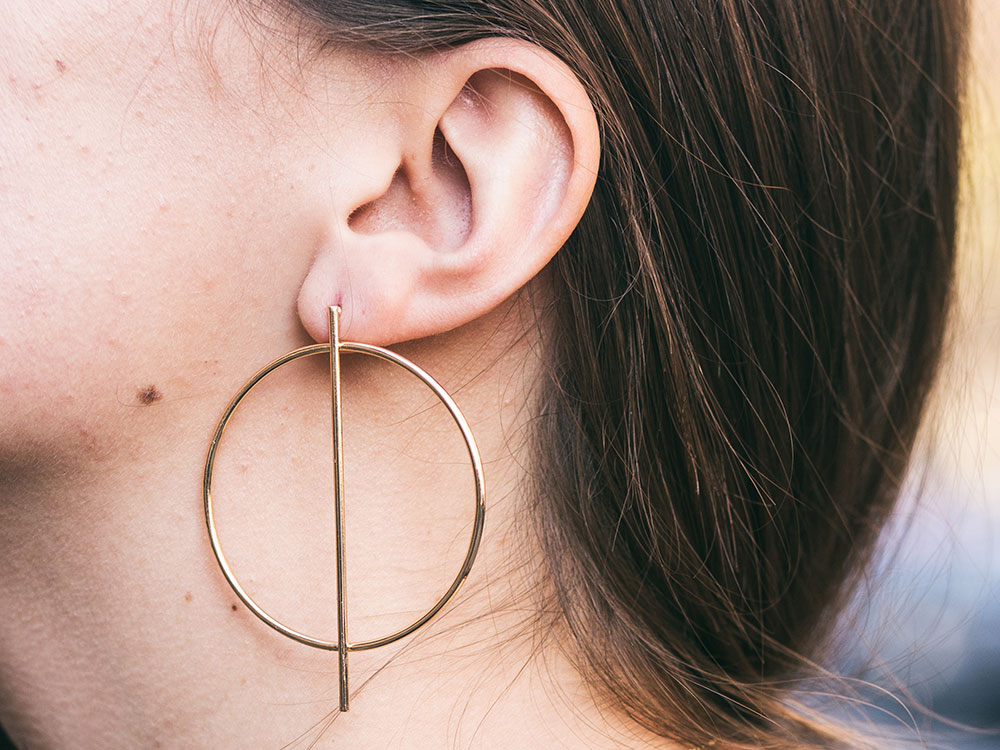
Not using enough
“By far, the biggest sunscreen mistake people make is not using enough of it,” says Charlotte, NC dermatologists Gilly Munavalli, MD and Hayley Leight-Dunn, MD. They say you should apply about one ounce, around the size of a shot glass. Dr. Haberman says about a teaspoon amount of sunscreen should be used for the face. This also goes for spray sunscreens, says Dr. Hopkins. “People often spray it on in a light mist which does not fully protect from sunburns or tanning.”
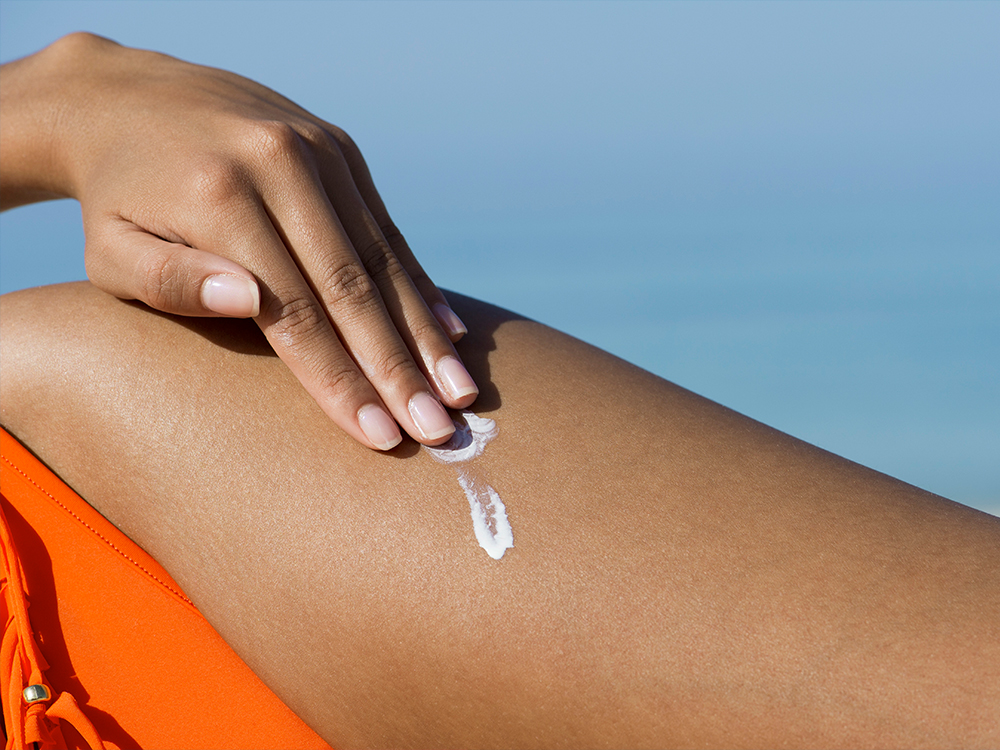
Forgetting to reapply
Although sunscreen has come a long way, it’s still not formulated to withstand water and sweat for hours on end, so you need to reapply. Louisville, KY, dermatologist Tami Buss Cassis, MD, says people not reapplying frequently enough is the number-one biggest sunscreen mistake in her experience. Drs. Munavalli and Leight-Dunn say, “reapplication is key.” At a minimum, they suggest you reapply every one to two hours and after any water exposure or exercise.
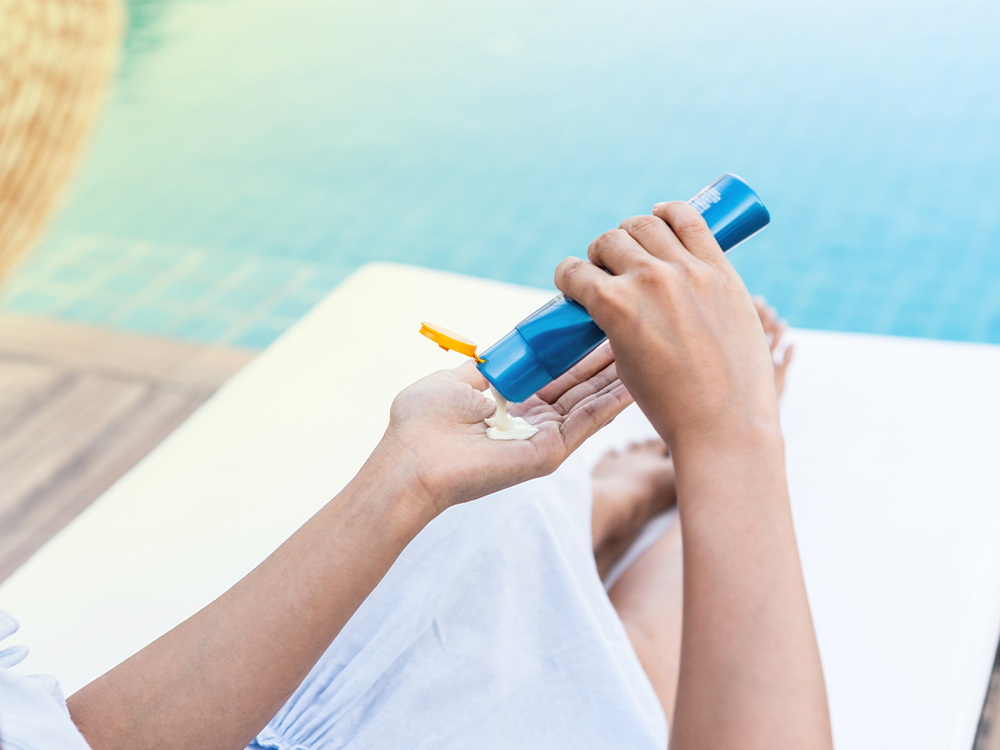
Applying sunscreen too late
Sometimes you forget to lather up before heading out the door, but experts say you need to avoid this. According to Dr. Hopkins, it’s not good to apply sunscreen after you’ve already begun an outdoor activity. “Sunscreen should be applied 30 minutes before swimming or sweating,” she says.

Skipping your lips
Although the texture of your lips is a bit different than the rest of your skin, it still needs sun protection, potentially even more so. “Cumulative sun exposure to the lips can result in skin cancer there too,” warns Dr. Hopkins. Drs. Munavalli and Leight-Dunn suggest choosing a chapstick with a minimum of SPF 15-30.
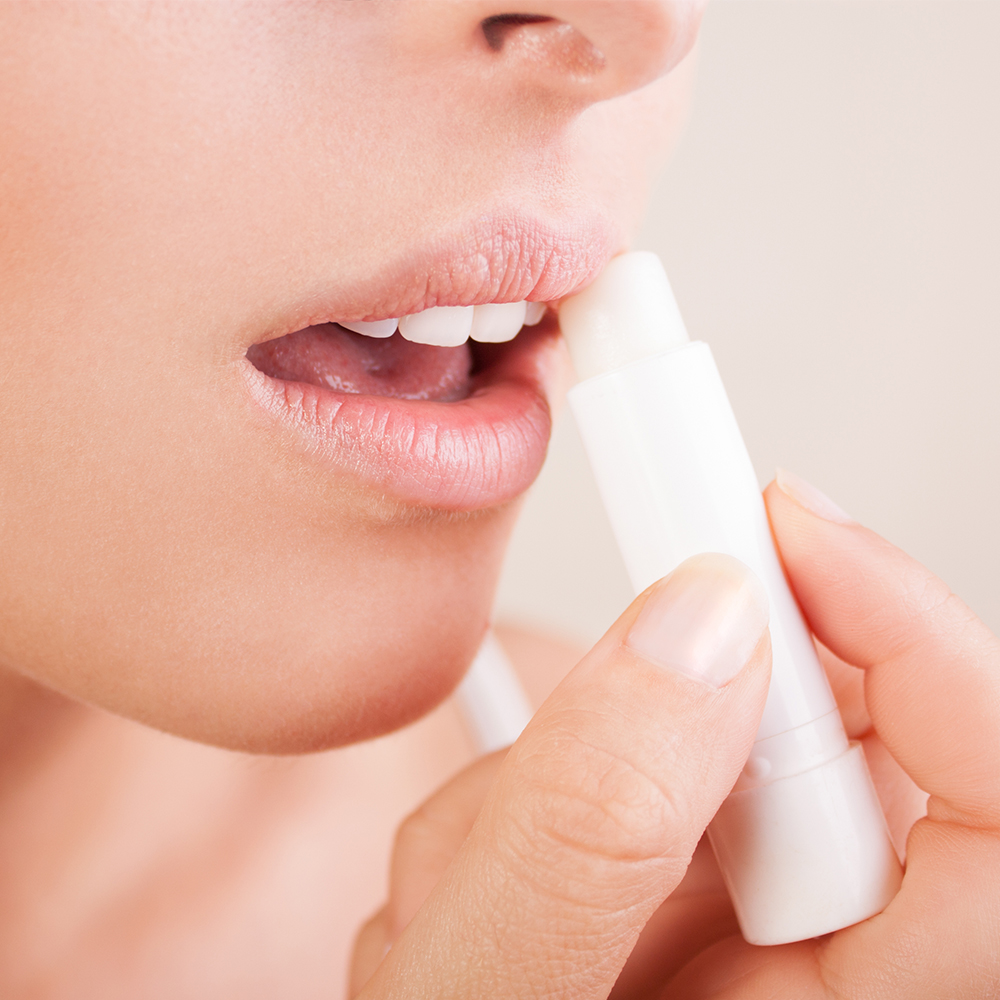
Picking the wrong sunscreen
The sunscreen industry is booming, and you need to use all the options to your advantage. Make sure that you’re picking up a product that you like enough to put on every day. “The best sunscreen is any sunscreen that you like and are willing to use on a regular basis,” says Bloomfield Hills, MI dermatologist Linda C. Honet, MD. “Remember that today’s sunscreens are remarkably diverse, cosmetically elegant, and come in a variety of forms—lotions, creams, sprays, gels, balms, and powders—so pick the one that suits your skin the best.”
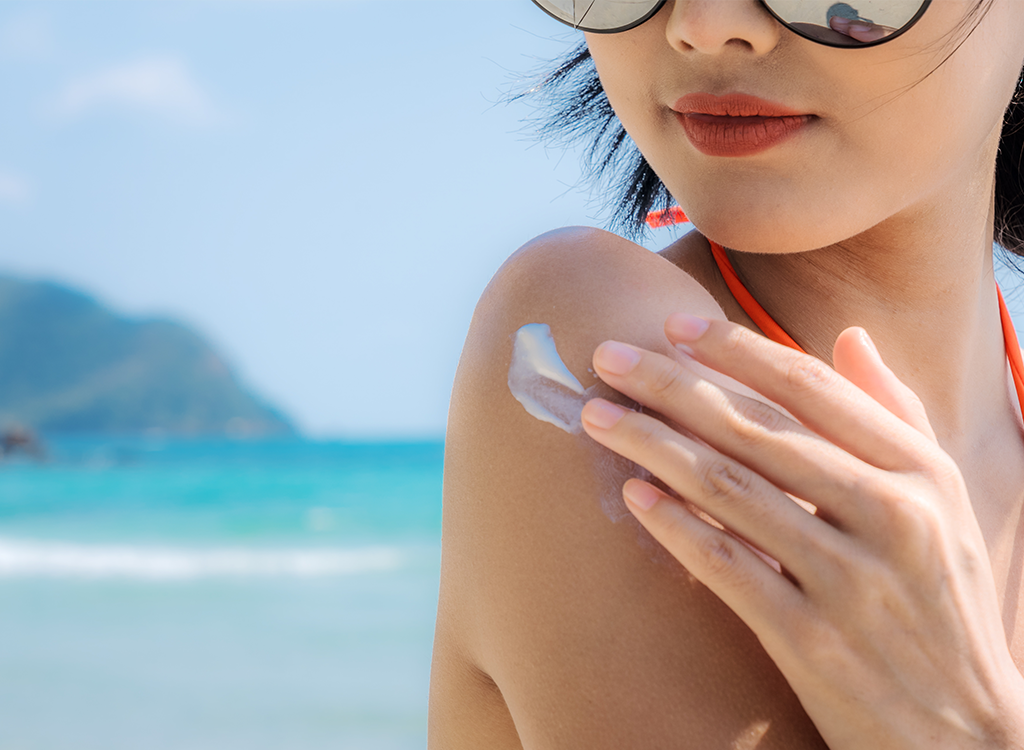
Not wearing it every day
Dr. Shamban says you’d be remiss to think that a cloud, winter weather or being inside means there’s no danger. “UVA, which penetrates deeper, easily goes through glass and clouds and cold temperatures,” she explains. Dr. Honet notes, “it’s a well-known fact that Americans have more skin cancer on the left side of the face than on the right because of the cumulative sun exposure on the driver’s side.”
Experts suggest creating a habit of putting on sunscreen every day. “Ultraviolet rays lead to premature skin aging, wrinkles, sunburns, signs of photodamage, and skin cancers. Even when you’re inside, UVA rays can penetrate glass and lead to these harmful effects,” say Drs. Munavalli and Leight-Dunn. “Sunscreen should become part of your daily routine—the same as brushing your teeth!”

Thinking SPF is additive
Dr. Honet wants to remind you that SPFs are not additive. “Layering a foundation with an SPF of 15 on top of a moisturizer with an SPF of 30 does not equal an SPF of 45. It still only equals 30,” she explains.
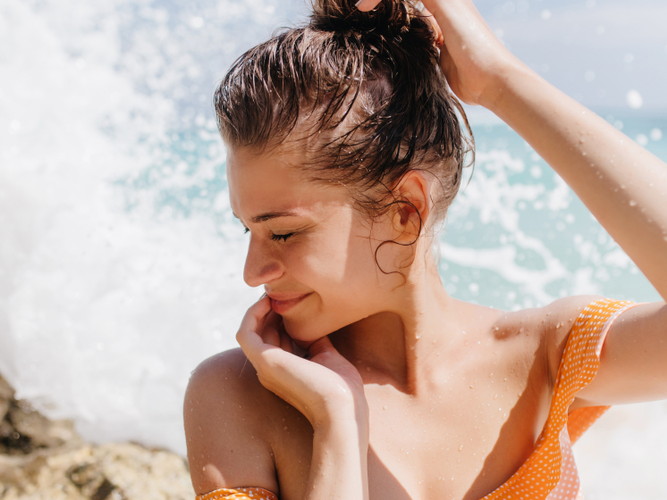
Expecting the SPF in your makeup to be enough
Dr. Buss Cassis says she commonly hears people say they don’t need to put extra sunscreen on while outside all day since it’s in their makeup, but this is a mistake. While foundations and tinted moisturizers containing SPF are a great innovation, it’s not enough to get you through the day.
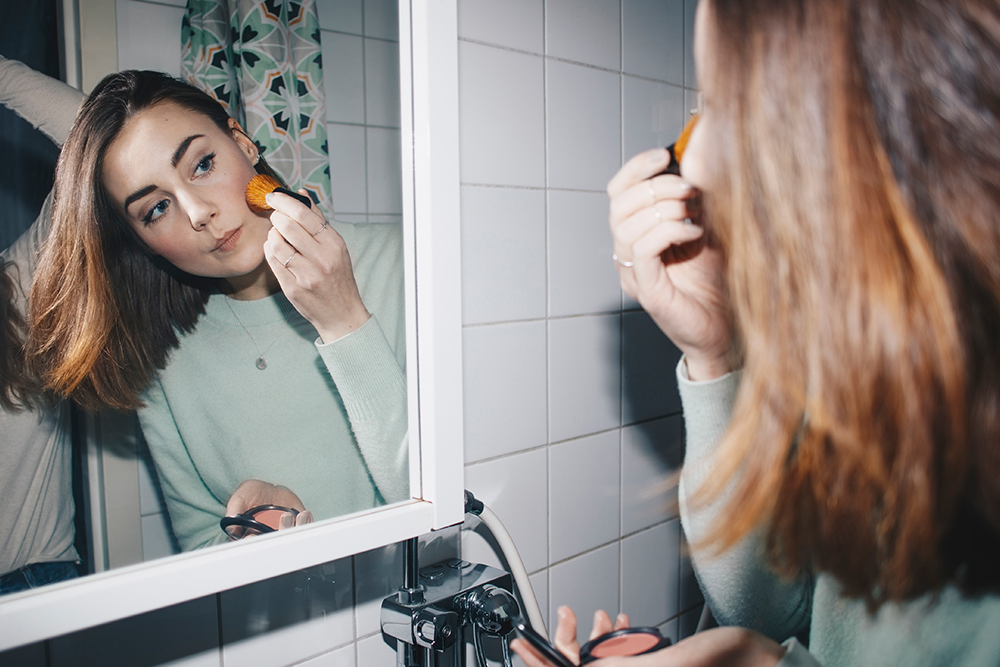
Not rubbing in spray sunscreen
The convenience of spray sunscreen can’t be beat, but that doesn’t mean there should be no work going into the application. Spray sunscreens still need to be rubbed in, advises Dr. Honet, otherwise, you’ll end up with burns in spots the spray didn’t quite get.
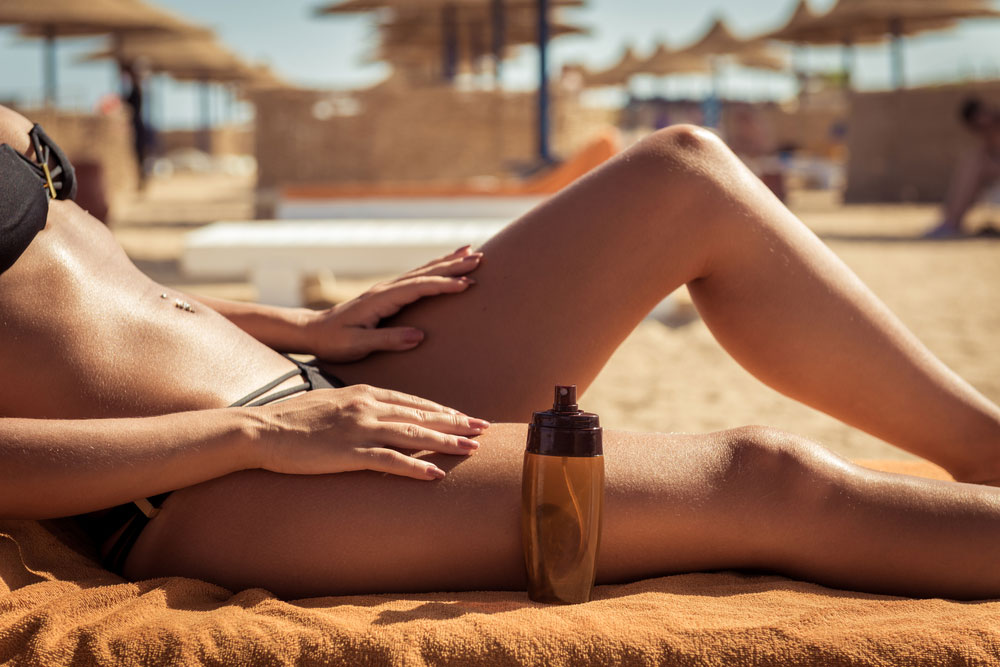
Not wearing it during snow sports
“Skiers should always wear sunscreen, at least SPF 30 mineral sunscreen,” advises Dr. Haberman. “For every thousand feet of altitude, you get an additional 5% increase of UV penetration.”
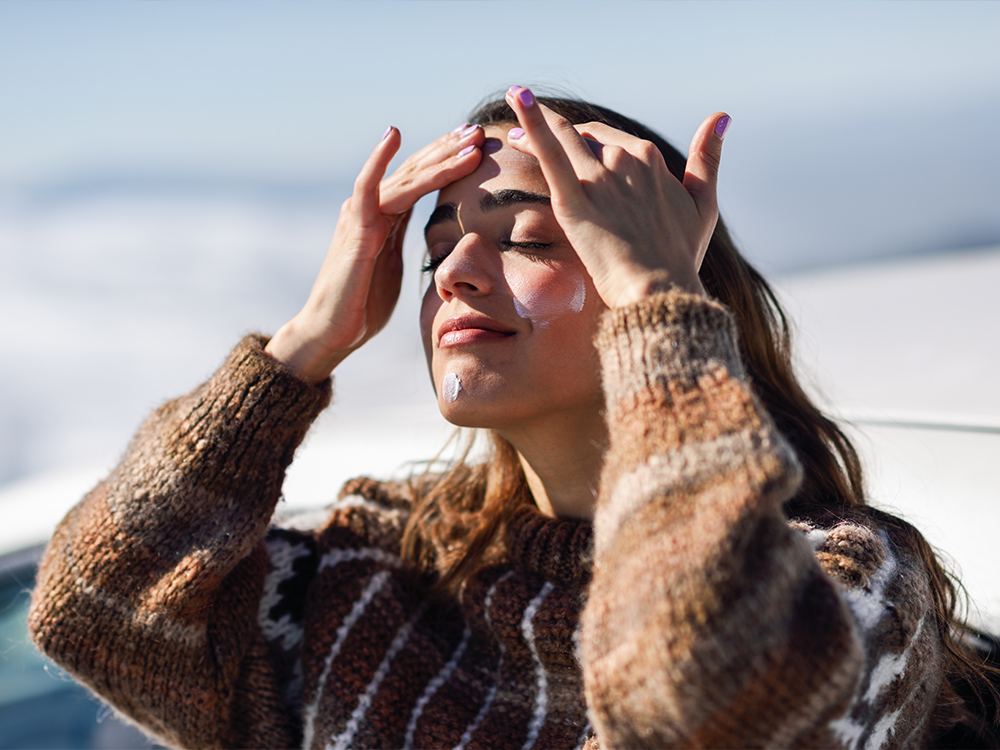
Not using a high enough SPF
Dr. Honet recommends using an SPF of at least 30 year-round. However, “if you care at all about wrinkles, skin cancer or cumulative sun damage, then ramp it up to 45 or higher,” she says.

